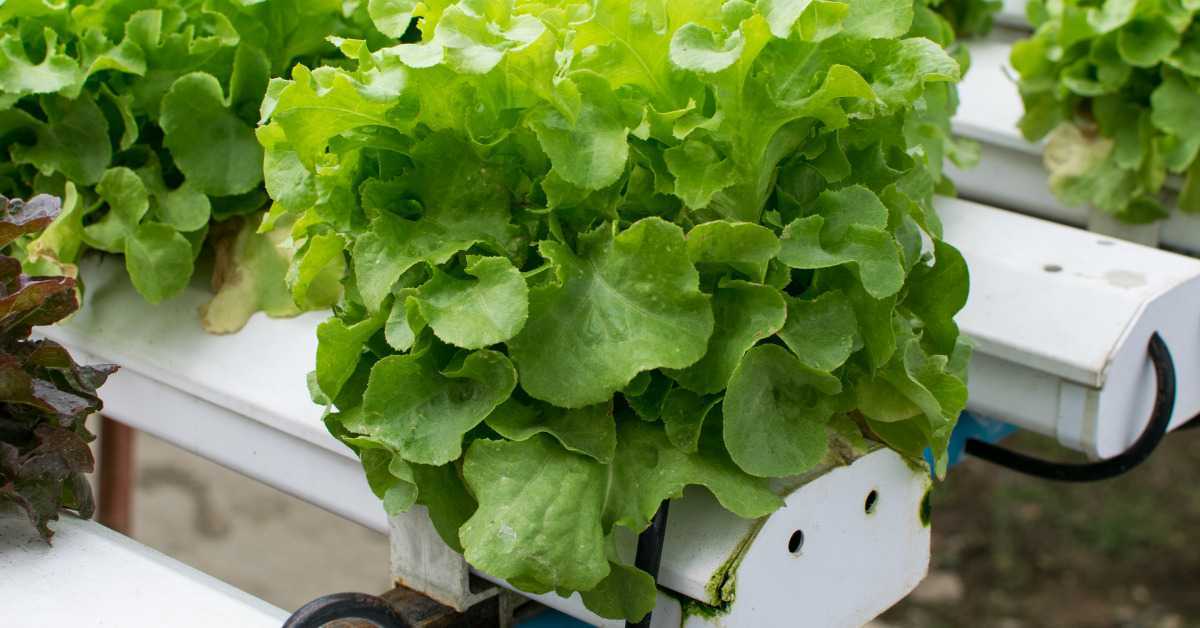Finding the best to know about diet in diabetes is not really difficult. To keep things simple, your primary goal should be to maintain a healthy blood sugar level. It’s also important to eat foods that can help prevent diabetes complications like heart disease. A healthy diet can help with diabetes prevention and management. The best diet in diabetes, both type 1 and type 2, are listed below.
Leafy Greens
Leafy green vegetables are nutrient-dense and low in calories. Spinach, kale, and other leafy greens contain numerous vitamins and minerals, including vitamin C. According to some evidence, people with diabetes have lower vitamin C levels and may have higher vitamin C requirements than people without diabetes.
Vitamin C is an anti-inflammatory antioxidant with powerful antioxidant properties. Increased vitamin C intake can help diabetics increase serum vitamin C levels while reducing inflammation and cellular damage.

Eggs
In a variety of ways, eating eggs on a regular basis can lower your risk of heart disease. Eggs have been shown to reduce inflammation, improve insulin sensitivity, raise HDL (good) cholesterol levels, and alter LDL (bad) cholesterol size and shape.
A 2019 study found that eating a high-fat, low-carb breakfast of eggs can help people with diabetes manage their blood sugar levels throughout the day.
Egg consumption is linked to heart disease in diabetics in previous studies. However, a recent review of controlled studies found that eating 6 to 12 eggs per week as part of a nutritious diet did not increase heart disease risk factors in people with diabetes. Furthermore, some research suggests that eating eggs may reduce the risk of developing stroke.
Chia Seeds
Diabetics will benefit from chia seeds because they are high in fibre. They’re high in fibre but low in carbohydrates that can be digested. In fact, fibre makes up 11 of the 12 grams of carbs in a 28-gram (1-ounce) serving of chia seeds, ensuring that blood sugar levels do not spike. Because the viscous fibre in chia seeds slows the rate at which food moves through your gut and is absorbed, it can actually lower blood sugar levels.
Because fibre reduces hunger and makes you feel full, chia seeds may help you maintain a healthy weight. Chia seeds may also help diabetics maintain their glycemic control. A study of 77 adults with overweight or obesity and type 2 diabetes discovered that eating chia seeds promotes weight loss and helps maintain good glycemic control. Chia seeds have also been shown to help lower blood pressure and inflammatory markers.


Beans
Beans are inexpensive, nutritious, and extremely healthy. Beans are a type of legume high in B vitamins, beneficial minerals (calcium, potassium, and magnesium), and fiber. They also have a very low glycemic index, which is essential for diabetes management. Beans also help in the prevention of diabetes. In a study of over 3,00 0 people at high risk of cardiovascular disease, those who ate more legumes had a lower risk of developing type 2 diabetes.
Broccoli
Broccoli is one of the most nutritious vegetables available. A half cup of cooked broccoli has only 27 calories and 3 grams of digestible carbohydrates, as well as important nutrients like vitamin C and magnesium. Broccoli may also aid in blood sugar management.
One study discovered that eating broccoli sprouts reduced blood glucose levels in diabetics. Sulforaphane, a chemical found in cruciferous vegetables such as broccoli and sprouts, is likely to be to blame for this drop in blood glucose levels.


Yogurt
Consuming yoghurt on a daily basis was linked to an 18 percent lower risk of developing type 2 diabetes, according to a long-term study involving over 100,000 participants’ health data. It might also help you lose weight if that’s something you want to do.
Yogurt and other dairy foods have been shown in studies to aid weight loss and improve body composition in people with type 2 diabetes. Yogurt is high in calcium, protein, and conjugated linoleic acid (CLA), a type of fat that may help you feel fuller for longer. Furthermore, Greek yogurt has a lower carb content than regular yoghurt, with only 6–8 grams per serving. It’s also higher in protein, which may aid in weight loss by reducing appetite and thus calorie intake.
Final Notes
Diabetes increases your risk of several serious diseases if it is not well managed. However, eating foods that help regulate blood sugar, insulin, and inflammation can significantly reduce your risk of complications. Remember that, while these foods may help manage blood sugar, the most important factor in healthy blood sugar management is eating a nutritious, well-balanced diet. Contact an expert for this.
Book an appointment now, to answer all your queries. You can book an appointment with the top nutritionists in Pakistan through Marham by calling at Marham helpline: 0311-1222398 or by online booking facility through the website or Marham mobile app.
Can’t Find The App?
Android Users:
https://play.google.com/store/apps/details?id=controllers.marham.marhammed&hl=en
Drop a review for us at play store if you’ve had a good experience!
iPhone Users:
https://apps.apple.com/pk/app/marham-find-a-doctor/id1095243102
Stay Home. Stay Safe!
FAQ’s
What are diabetic dietary restrictions?
Fried foods and other foods are high in saturated and trans fats; foods high in salt, also known as sodium. Sweets, such as baked goods, candy, and ice cream; and sugary beverages, such as juice, regular soda, and sports or energy drinks.
Is rice good for diabetes?
Rice is high in carbohydrates and has a high GI. You may believe that if you have diabetes, you should avoid it at dinner, but this isn’t always the case. If you have diabetes, you can still eat rice. However, you should avoid eating it in large quantities or too frequently.
Is chapati beneficial to diabetics?
Eating whole wheat chapati is a better option for people who manage their diabetes and diet plan. White rice has a higher glycemic index than chapati, meaning it raises blood sugar levels more quickly. Thus chapati is always a preferred option for diabetic individuals

